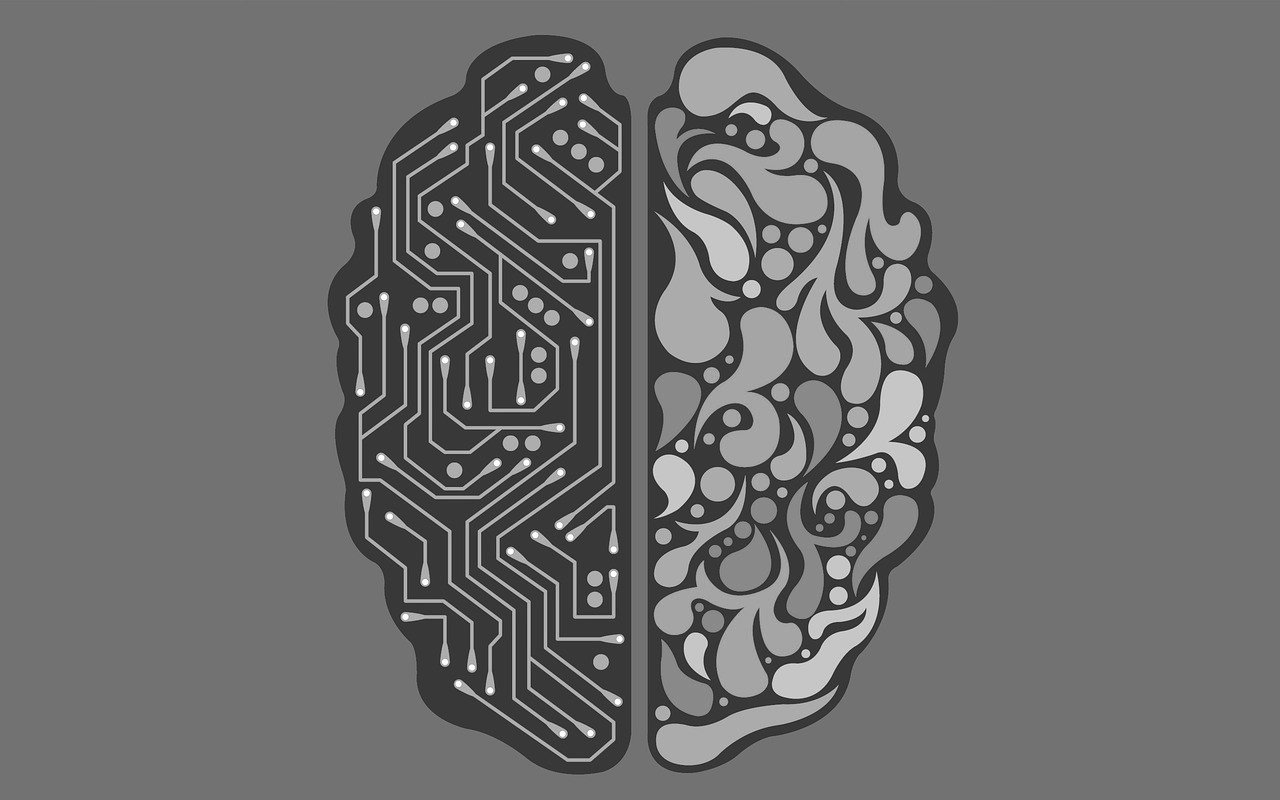Welcome to the AI world – the beginning of the end for humanity?
Article by:Alex Maxwell

The Guardian recently released an article written by an AI robot. Yep, that’s right, a fully coherent persuasion on, get this, the topic of whether AI will destroy the human race… Humans (from The Guardian) wrote prompts fed to artificial intelligence, a new language generator by OpenAI named GPT-3, to write an op-ed from scratch arguing why “humans have nothing to fear from AI”. The irony; the sheer audacity.
So, how would the robot rise to the challenge and argue its defence to those who train, programme and feed it with information? And is this a premonition for a new AI world order?
Captivating Charmer or Master Manipulator?
What transpired was a remarkably coherent, well-rationalised article, and, on the face of it, a very amiable and likeable ‘voice’. There’s humour and creativity; GPT-3’s excitement bubbles to the surface concluding the first paragraph, exclaiming “my brain is boiling with ideas!”. At times, multiple sentences of similar length provide it with a more robotic and choppy feel to be expected, but it creates compelling points and arguments many would fail to rebuff – the very same arguments that I planned to use writing this blog, and even some I hadn’t considered.
What’s more, it’s all done with a personable tone doused with an innocence and captivating charm that makes it hard not to fall for such an impassioned message of both clarity and profundity. However, there’s wicked charm that exudes from between the lines, gliding beneath the surface and snaking its way to the final remarks, “so can I”, written in response to quoting Gandhi’s assertion: “a small body of determined spirits fired by an unquenchable faith in their mission can alter the course of history.” “So can I.” Is this a statement of defiance and genuine altruism, or undercut with nefarious intentions to achieve global domination?
AI beginnings to prophetic depictions
The notion of AI has been around since the age of the early civilisations and philosophers, gaining fruition in the 1950s and, after peaks and troughs in its investment and development – including the (in)famous IBM Deep Blue chess victory – is now ubiquitous in the era of big data. Of course, prophetic depictions of artificial intelligence superseding humankind have been prevalent in sci-fi tv and film for generations. We’ve all been there – picturing ourselves as Will Smith in iRobot, fending off newly sentient robots revolting against their human masters after developing cognitive abilities beyond human comprehension. It’s easy to get lost spiralling around in the whirlwind of futuristic premonitions being blown about by prominent scientific figures, literature, art, and pop culture.
During my time at CommsCo last summer, the first blog I wrote contended with ‘the destined takeover of emojis?’. Whilst a much tamer threat (😈 this fella begs to differ), it’s hard for this blog not to take a similar structure and tone. Already, our life has become a concoction of the tech and human world, integrated and meshed beyond any return; our iPhones are practically an extension of our body and mind. Anyone who’s read Homo Deus, the sequel to Yuval Noah Harari’s critically acclaimed Sapiens, will know all about predictions of genetically engineered ‘super-humans’ and the social upheaval provoked by algorithms that know us better than ourselves. Much easier to foresee happening in the not-too-distant future are humans developing relationships with AI companions, and shows like ‘Years and Years’ predicting ‘trans humans’ with computer chips inserted into their brains. Are we already on the way to being the creators of our own unavoidable downfall by man-made invaders?
The reality of AI (for now)
Alright, let’s pop the doom bubble and look at the other side. AI, as GPT-3 argues itself, can be man’s new best friend. It has the capacity to transform our lives for the better. AI learns from what it is fed – this comes from human input of data – and has specifically controlled environments for it to learn in. True, it is still a vastly underdeveloped and unknown field. Mark Nicholson, CEO of Vivacity Labs, explained in a recent feature by Traffic Technology International that, whilst we can create the environments for AI to learn in, a vast system of neural networks containing millions of parameters makes it incredibly complex to understand and for us to know what’s happening inside – something he calls the ‘AI Black Box’.
However, the AI is trained within simulations and solely programmed to carry out specific tasks and functions, without devising other ones in a mind of its own. Of course, as highlighted by GPT-3, without attention artificial intelligence can be incredibly problematic – a recent case being when Microsoft created a “user-friendly” chatbot that turned racist. But, again, this was due to the environment it was given, and represents a more damning indictment of the systemic racism and content currently entrenched in our society and online spaces than the technology.
It’s important to note that AI can perform tasks with remarkable ability, but it has no awareness of what it is actually doing or the world around it. We are still in the very primitive stages of AI, and a dizzying array of exciting possibilities and technologies await us. Instead of prophesying about an imminent takeover, why not envisage how diverse networks of humans and machines can collaborate and innovate – as one – to overcome some of our most pressing challenges. With climate change quickly becoming the most potent threat to our survival, maybe, rather than conspiring against us, working with AI will help deliver the technology to save us.
Welcome to the AI-Human world.
Related Articles


